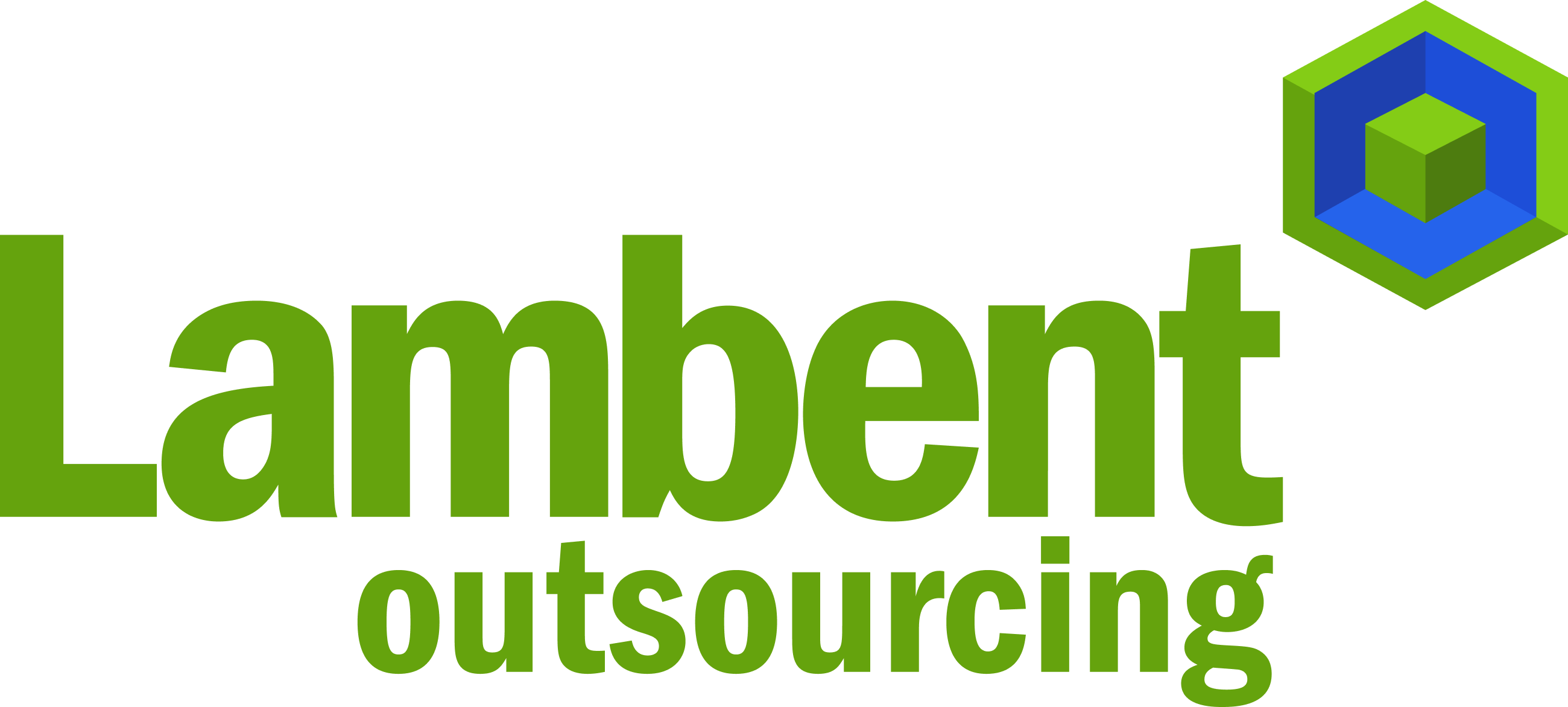Many employers expect workers to be proficient in a host of tech tools. Among them: data analysis, online collaboration and project management.
In today’s workplace, just knowing the basics of Word and Excel won’t cut it anymore.
An explosion of analytical, organizational and communication technologies is remaking every aspect of office work. Whether people work in sales, marketing, project management, design or many other fields, employers expect them to manipulate and analyze data, and bundle it into slick presentations. And as remote work has become the norm, people must know the advanced features of online collaboration.
“There is no debate as to whether technology is not just an enabler, but is really a driver of disruption, of change, of value, within organizations,” says Columbia Business School dean Costis Maglaras. “And as a result, [there] needs to be some core knowledge that people need to bring with them, even if they’re not going to be technologists themselves.”
Tech research and advisory firm Gartner’s 2022 Digital Worker Survey found that the average office worker uses 11 applications on the job, and 17% use 16 or more apps.
Newsletter Sign-up
Technology
A weekly digest of tech reviews, headlines, columns and your questions answered by WSJ's Personal Tech gurus.
Subscribed
Some of these skills can be learned on the job. But many employers expect workers to be proficient coming in, often with specific, big-name applications, says Julia Pollak, chief economist at online employment marketplace ZipRecruiter.
So, what are the tech skills that office workers need today—and what apps do they need to know to get the job done? We asked employers, staffing agencies, consultants, educators and others to find out.
Make sense of data
Companies are generating ever more data about sales, productivity and other aspects of business. And they expect workers to be up to speed on software that makes sense of all those numbers.
Microsoft Corp.’s Power BI and Salesforce-owned Tableau have emerged as leading data-visualization programs, says Gartner analyst Joe Mariano. The course Power BI Essential Training, for instance, was the 13th most-popular offering on LinkedIn Learning in 2022.
With pointing and clicking, and some automated AI suggestions, workers can combine multiple data sources—such as spreadsheets, databases or customer-relationship-management software—and turn them into charts and other graphics. Managers can see how sales break down by region, month, year or individual salespeople. Urban planners can build maps that show the flow of people around a city over the course of the day.
But it is still critical to be familiar with traditional software such as Microsoft Excel and Google Sheets from Alphabet Inc.’s Google, says LinkedIn’s resident career expert, Catherine Fisher. Along with the usual tasks, says ZipRecruiter’s Ms. Pollak, workers need to know advanced features such as pivot tables that allow traditional spreadsheets to do some of the things that Power BI or Tableau do, such as automatically producing reports or graphics by comparing subsets of data extracted from spreadsheets.
In fact, LinkedIn Learning’s No. 2 class was in Excel, and Excel accounts for six of the top 10 office-productivity skills people are learning on online learning platform Udemy. Spreadsheet programs, whether from Microsoft or Google, were among the top skills that LinkedIn members added to their profiles last year, says Ms. Fisher.
Whether people work in sales, design or many other fields, employers expect them to manipulate and analyze data.Illustration: Jon Krause
Create compelling presentations
Along with Excel or Sheets, it is essential for workers to know other traditional office programs—Word or Google Docs, for instance, and PowerPoint or Google Slides, says Art Markman, vice provost for continuing and professional education at the University of Texas at Austin. But, again, employers don’t just want people to know the basics of how to set up a document or slide deck—they expect workers to know advanced features of the programs.
SHARE YOUR THOUGHTS
What tech knowledge do you find is a requirement at work? Join the conversation below.
“People just have higher expectations now when they receive a document or a deck,” says Ms. Pollak. “They want it to tell a compelling story. They want it to have a professional look and feel.” In a presentation, that might mean adding animations to illustrate a point instead of just static images. In word processing, employers might want advanced formatting such as linking between sections of documents, Ms. Pollak says, as well as familiarity with collaborative features such as sharing and commenting.
“One of the big things that I knew that I needed to strengthen was my presentation [and] delivery skills,” says Melissa Barron, a 2022 M.B.A. graduate from the University of Texas at Austin who works in strategy for grocery giant H-E-B. That involves building a lot of sophisticated decks in Microsoft PowerPoint, with advanced features including videos and custom colors. She sometimes turns to online design program Canva to create graphics.
Master communication tools
Tools for organizing remote meetings—such as Zoom, Google Meet, Microsoft Teams and Salesforce Inc.’s Slack—have taken off since the pandemic. But many office workers know just the rudiments of these programs.
“When we look at Microsoft Teams specifically, people are using chat and meetings, no problem,” says Mr. Mariano. “What they’re not doing is using the most advanced services,” such as channels for discussing specific topics or projects within a team. Employees must also know how to link other apps to these meeting programs, he says, so that they can share files and manage projects.
In addition, employers want people to know advanced features of one of the most venerable communications applications of all: email. Managing mail—such as curating lists, sending mass mailings and writing effective subject lines—is another top skill on LinkedIn profiles. Communication is the top skill on ZipRecruiter’s Skills Index, with Microsoft Outlook ranking 20th.
Manage projects
Organizational and planning programs are making it easier to coordinate work through features such as task management, time tracking and file sharing.
For instance, a marketing company can automate workflows so that when one person completes a task, the next person on the flow is automatically alerted. These programs link to other apps and services, such as Google Drive, so that workers can access the relevant documents directly from the management software. And they can track time spent on each task to evaluate productivity or determine billing for clients.
Ms. Barron, for instance, uses project-management software Asana; knowledge of the program was one of the tech skills most frequently added to LinkedIn profiles in 2022. Atlassian-owned planning software Trello was also on the list. Other leading apps, according to Mr. Mariano, include ClickUp and Smartsheet. Project management is the fifth most popular tech certification, according to Credly, a service that online-educational providers use to manage their digital-credential programs.
Make things automatic
As powerful as any software gets, using it still requires a lot of pointing and clicking, often on the same buttons and icons again and again. Robotic process automation lets people create small scripts called robots that take over the job of performing repetitive computer tasks. For instance, a robot might be programmed to replicate the steps that humans would normally take to route documents or read forms and enter the information into a database.
“The name of the game right now is efficiencies,” says Mike Steinitz, senior executive director at staffing and consulting firm Robert Half. “What do we need to do to be more efficient? Which means the automation of a lot of different things.”
The skills needed to create robots aren’t necessarily complex. Many use a method called “no code”—all you need to do is point and click to select data sources, applications and types of actions to link together. Microsoft’s Power Automate tool, which has no-code capabilities, was the fastest-growing office-productivity skill on Udemy in 2022.
Do some programming
Still, it’s sometimes helpful for employees to learn some coding, says Columbia Business School professor Ciamac Moallemi. For instance, Excel supports many types of analyses, but at a certain level of complexity, or when the amount of data grows too large, it’s easier to do the calculations in a programming language like Python, says Dr. Moallemi.
And workers don’t have to be master coders, because they can download modules of open-source code called packages that are designed to perform the analyses they need. Python is LinkedIn Learning’s ninth most-popular course offering, says Ms. Fisher, and Columbia Business School reports that over half its current students are using Python in their classes.
Dr. Moallemi also recommends SQL, a language for querying databases, which ranked 15th on LinkedIn Learning. For instance, using SQL, you can retrieve a subset of data you want, such as how customers of certain ages in certain regions are buying certain products.
There’s another benefit to learning coding, says Dr. Maglaras: better collaboration. Basic coding skills help businesspeople work with programmers, data scientists and user-experience designers in their teams.
Offload work to AI
With the explosion of tools like ChatGPT for generating text and code, and Stable Diffusion and Midjourney for creating images, some level of AI is accessible to everyone.
For instance, Microsoft just announced a service called Copilot that infuses AI models including OpenAI’s GPT-4—the technology underlying ChatGPT—across its workplace apps. Word and Outlook, for example, will be able to generate text automatically, based on information in other documents, or PowerPoint could create presentations based on a user’s natural-language instructions and material from other documents. Meanwhile, Salesforce’s Slack will use OpenAI’s technology to summarize conversations and help draft messages.
Since ChatGPT was introduced on Nov. 30, instructors on Udemy have launched over 300 courses on the tool, including using it to summarize documents and debug code.
Allie K. Miller, an AI investor and adviser who led AI programs at IBM and Amazon Web Services, says most people should learn high-level principles of AI in a class such as AI for Everyone by Coursera co-founder Andrew Ng, and try out any new tools that show promise of saving work.
“Think about things that you do often, and apply AI to that task to see if you can find 80% efficiency gains on something that you don’t want to be an expert in,” she says. “Like, I don’t want to be an expert email writer.”
Mr. Captain is a writer in Asheville, N.C. He can be reached at reports@wsj.com.

